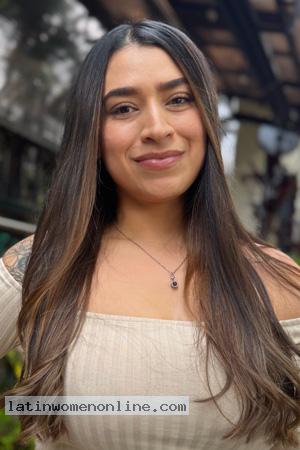Information About Venezuela
Christopher Columbus was the first of the Europeans to sight Venezuela in 1498. Spain began settling the country in 1520. Independence was formally proclaimed on July 5, 1811.
COUNTRY OVERVIEW
Area 912,050 sq km (352,144 sq mi)
Capital City Caracas
Population (mid-1997) 22,576,000
Reading Population (1990) 88% (over age 15)
Number of Languages 40 living; 2 extinct
Official Language Spanish
President: Hugo Chavez Frias (since December 1998)
Independence: July 5, 1811 (from Spain)
Population (1999E): 23.2 million
Location/Size: Northern South America/352,144 square miles, slightly more than twice the size of California
Major Cities: Caracas (capital), Maracaibo, Valencia, Maracay, Barquisimento
Languages: Spanish (official), Indian dialects in the interior
Ethnic Groups: Spanish, Italian, Portuguese, Arab, German, African, indigenous people
Religions: Roman Catholic (96%), Protestant (2%)
Defense (8/98): Army (34,000), Navy (15,000, including 5,000 Marines), Air Force (7,000), National Guard (23,000)
Venezuela is comprised of four distinct geographical regions: the highlands, the lowlands, the tropical grassland, and the mountains. The country is interlaced with six navigable rivers and thousands of streams. Its major river is the Orinoco.
Venezuela is rich in petroleum, natural gas, bauxite, gold, iron ore, copper, zinc, lead, and diamonds. They have important forests. The government has also been developing the manufacturing sector of the economy. The major center for the development is Ciudad Guayana. Only about ten percent of the workforce of Venezuela is involved in agriculture.











